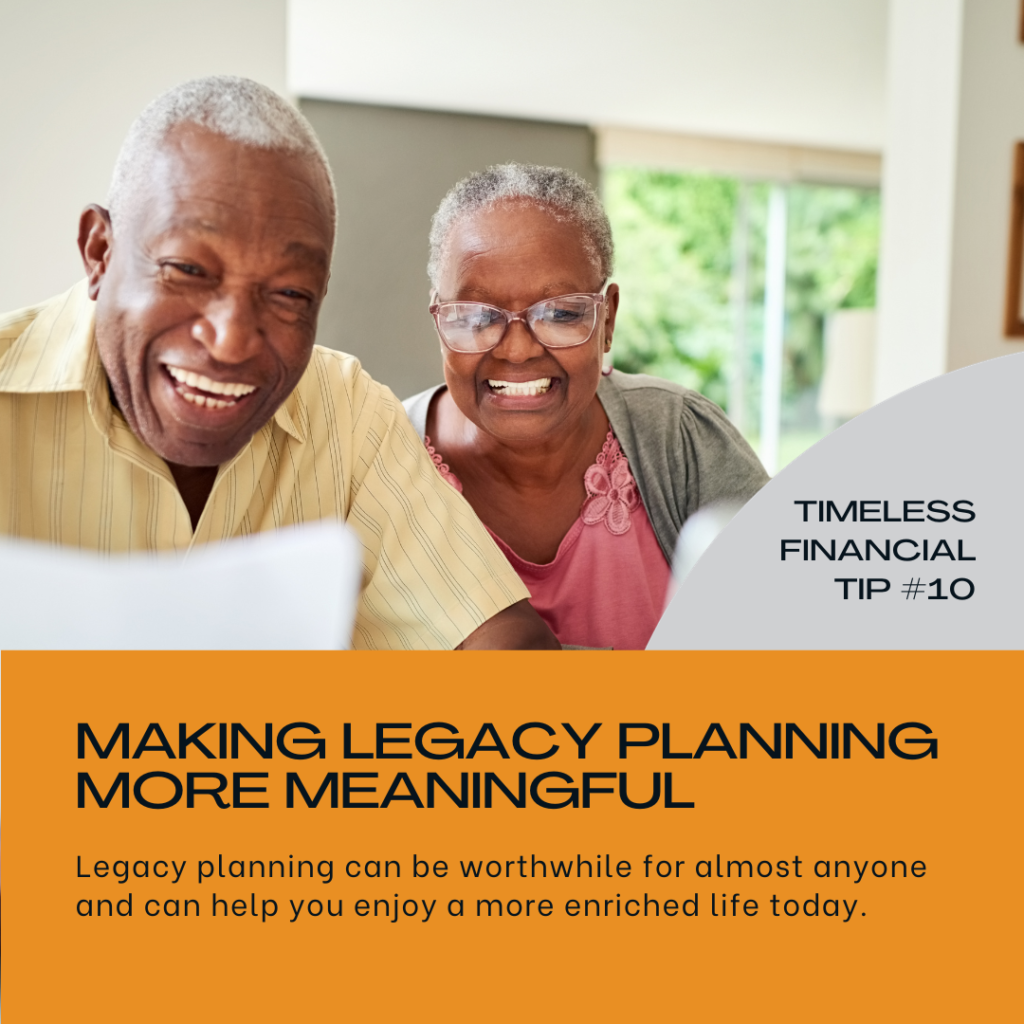 Canadian investors have several account types at their disposal to build an investment portfolio. This typically starts with registered accounts – RRSPs and TFSAs – to take advantage of tax deductions, tax deferred growth (RRSP), and tax-free growth (TFSA). But registered accounts come with contribution limits, so once those accounts are filled up many investors will open a non-registered account to invest any extra cash flow or a lump sum of money.
Canadian investors have several account types at their disposal to build an investment portfolio. This typically starts with registered accounts – RRSPs and TFSAs – to take advantage of tax deductions, tax deferred growth (RRSP), and tax-free growth (TFSA). But registered accounts come with contribution limits, so once those accounts are filled up many investors will open a non-registered account to invest any extra cash flow or a lump sum of money.
In this article I will explain what a non-registered account is, how it works, how it’s taxed, who should use one, and who shouldn’t. Plus, I’ll look at the pros and cons of using a registered account versus a non registered account to save and invest.
What is a non-registered account?
A non-registered account is something that can be used for savings – such as an emergency fund – or as a complement to your other investment accounts. It does not have any special tax attributes, contribution or withdrawal limits, or age restrictions – other than the fact that you must be 18 (or 19 in some provinces) to open an account.
At its core, a non-registered account is a taxable account. That means any investment income earned inside the account will be taxable to the investor each year. Investment income typically comes in the form of interest or dividends. I’ll explain how those are taxed later.
Investors using a non-registered account don’t have to pay tax when their investment(s) increases in value. That taxable event doesn’t occur until an investment is sold inside a non-registered account. If the investment increased in value, the investor would have to pay taxes on 50% of that gain (called capital gains tax). If the investment decreased in value from when it was purchased, the investor could claim a capital loss on 50% of that loss in value. Capital losses can be carried forward indefinitely but can only be used to reduce or eliminate a capital gain.
A non-registered account could be an individual investment account, a joint investment account, or a high-interest savings account.
How does a non-registered account work?
Anyone age 18 or older (or 19 in some provinces) can open a non-registered account for the purpose of saving or investing. For most people, their first non-registered account is a savings account. Any interest earned inside the account is taxable to the investor. For example, if you held $10,000 in a non-registered savings account and earned 1% interest for the entire year – you would add $100 to your taxable income for that year.
A non-registered investment account is typically used by investors who have reached the contribution limit inside their registered accounts – their RRSP and TFSA. There’s no contribution limit in a non-registered account. Some investors may choose to invest in a non-registered account instead of their RRSP if their tax bracket is lower now than it is expected to be later in life.
Investors can purchase stocks, mutual funds, exchange-traded funds (ETFs), and other investments inside their non-registered account. Any investment income earned, such as interest on cash savings, interest from bond investments, and dividends distributed by stocks, mutual funds, or ETFs, are taxable in the hands of the investor each year.
Non-registered investors need to pay close attention to their buying and selling activity inside the account. Unlike RRSPs and TFSAs, where investments can be bought and sold without any tax consequences, selling a non-registered investment is a taxable event and subject to capital gains. One tip is to use the website AdjustedCostBase.ca to track your non-registered transactions.
When to use non-registered accounts
Most people should strive to max out the contribution room inside their registered accounts first before opening a non-registered account to invest. But non-registered accounts can and should be used as part of your financial plan for savings and investing.
The easiest way to utilize a non-registered account is to open a high interest savings account to start building your emergency fund, or as a place to fund your short-term goals. I’d suggest doing this in a non-registered savings account rather than your TFSA for two reasons:
- Your TFSA should be used to invest for longer term goals like retirement
- The taxable interest earned on your “high interest” savings account will likely be so minimal that it’s not worth using up your valuable TFSA contribution room to shelter that interest income
I’ve already mentioned two situations when investors should open a non-registered investment account:
- When you’ve maxed out the contribution room inside your RRSP and TFSA and still have extra cash flow available to invest
- When you’ve maxed out the contribution room inside your TFSA but your tax bracket is lower now than you expect it to be later in life – meaning an RRSP contribution would be less advantageous today
There’s also a third scenario that makes sense to use a non-registered investment account: If you’re the type of investor who likes to carve out a small percentage of your portfolio to speculate on individual stocks, sector ETFs, or cryptocurrency.
Related: The Problem With Core and Explore
Speculative investments are more likely to suffer losses than a broadly diversified portfolio of passive index ETFs. Why use your valuable RRSP and TFSA contribution room to speculate and potentially lose money on an investment when there are no tax advantages? Furthermore, any money lost on a bad investment means contribution room is also lost forever.
Instead, if you must scratch that itch, use a non-registered investment account to house your speculative bets on meme stocks, tech ETFs, and crypto coins. If you strike it rich and then sell, only 50% of the gains are taxable. And, more likely, if your investments lose money, you can sell and claim 50% of the loss as a capital loss. This can offset future capital gains down the road.
Types of non-registered investment accounts
Outside of the non-registered savings account there are two types of non-registered investment accounts: a cash account and a margin account.
A cash account is a regular non-registered investment account that can be used to hold cash, bonds, stocks, mutual funds, ETFs, and other investments. These accounts can be held individually or jointly.
A margin account can hold the same investments as a cash account, but with a margin account the investor will have the ability to borrow money to invest – i.e., use leverage. Investors cannot use margin in a registered account.
Certain online brokerages have different names for their non-registered accounts. I’ve heard it called a non-registered account, an unregistered account, a cash account, an open account, or a margin account. Questrade calls its non-registered accounts “margin accounts,” even though investors don’t need to use margin to invest in one. Wealthsimple Trade calls its non-registered account a “personal account.”
Pros and cons of non-registered investments
Here are the pros of using a non-registered account:
- No contribution or withdrawal limits
- Anyone can open an account once they’ve reached the age of majority in their province
- Capital gains are only taxed when sold, and only 50% of the gain is subject to taxes
- 50% of investment losses can be used to reduce or eliminate future capital gains.
- Useful when you’ve reached the contribution limits of your registered accounts, or when you don’t want to use your RRSP or TFSA contribution room to hold your emergency savings or speculative investments Continue Reading…






